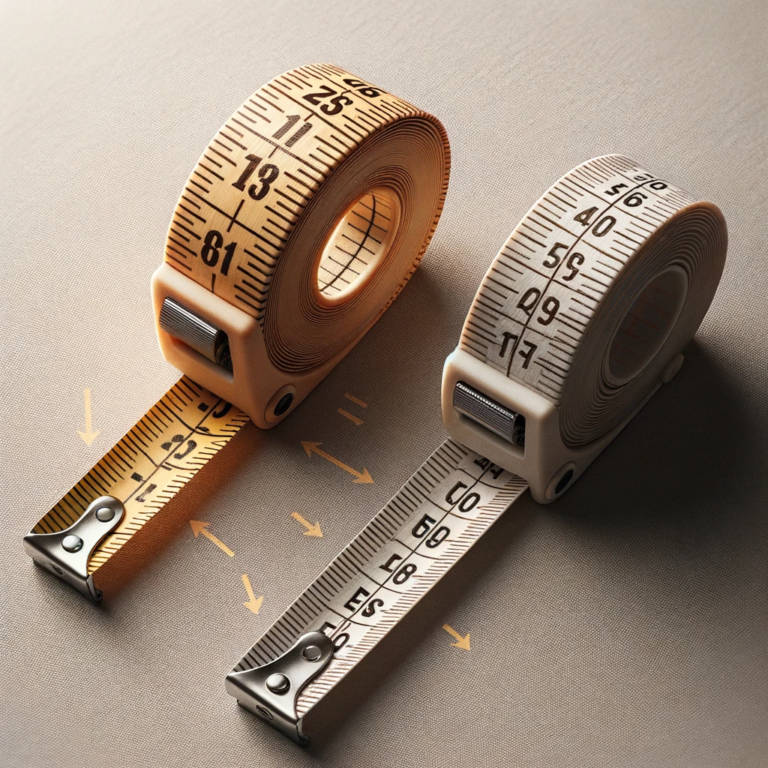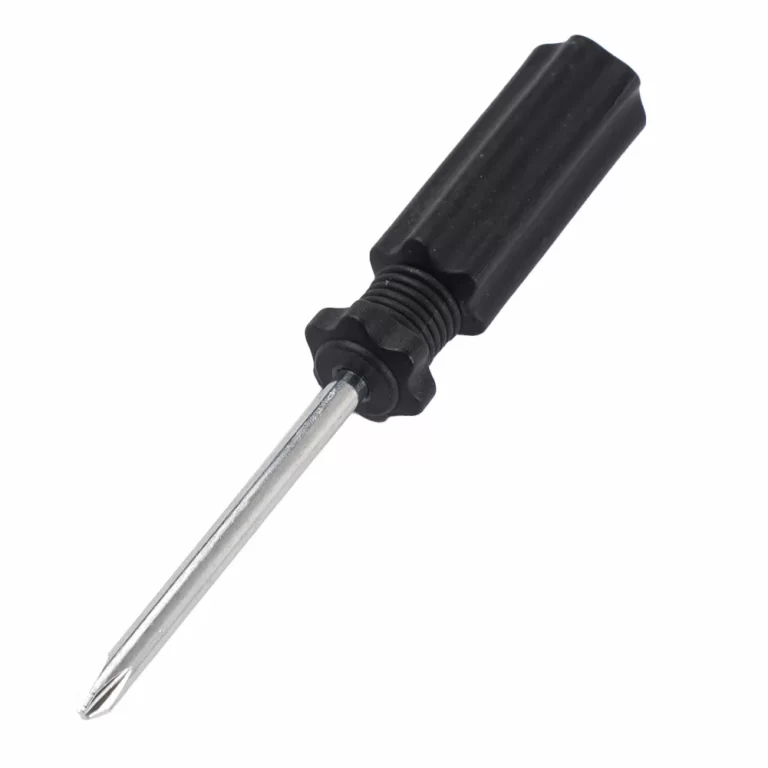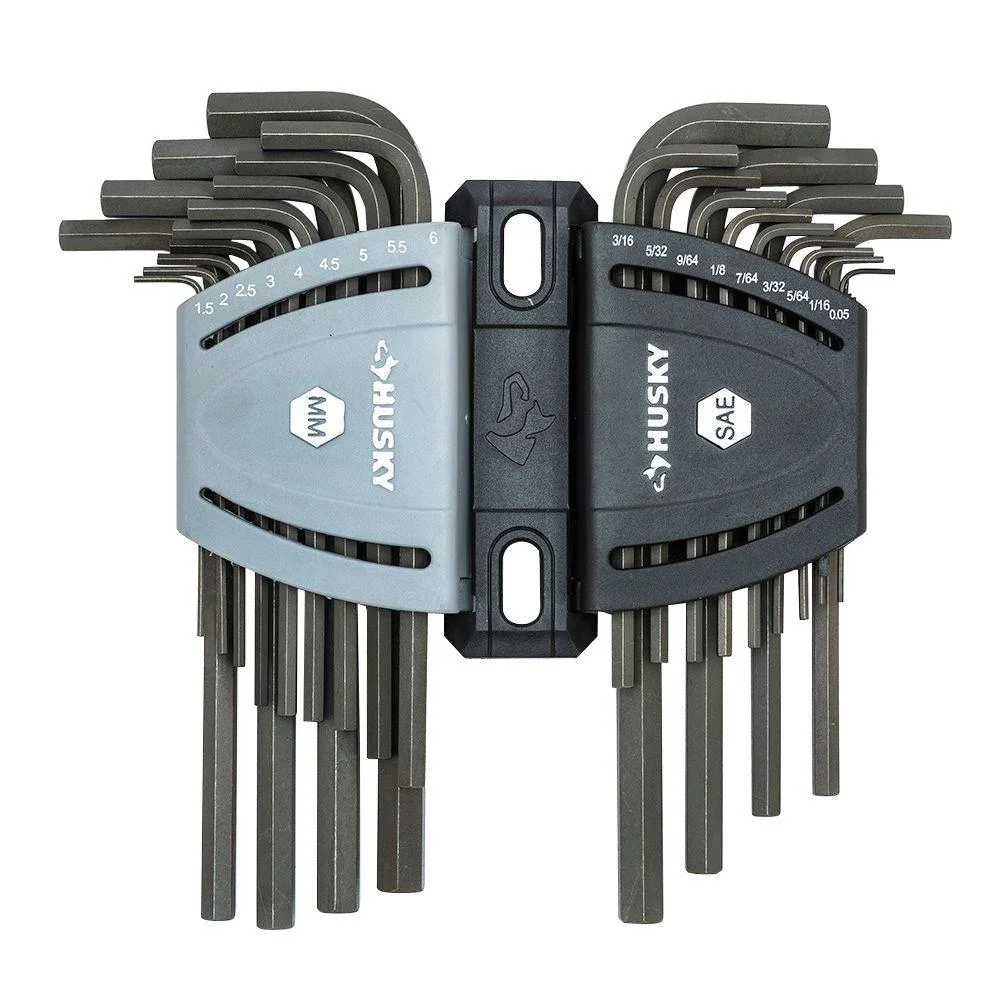
Hex Wrench Essentials: Your Ultimate DIY Toolkit Guide
In the world of DIY projects and home improvement, having the right tools is essential for achieving successful results. Among the must-have tools in any DIY toolkit is the hex wrench. Hex wrenches, also known as Allen wrenches or hex keys, are compact yet powerful tools that provide unparalleled leverage and torque in spaces that traditional tools cannot reach. Whether you’re assembling furniture, working on mechanical projects, or performing routine maintenance, the right hex wrench can make all the difference. This article will delve into the essentials of hex wrenches, including types, sizes, and practical applications, ensuring that you are well-equipped to tackle any project.
What is a Allen Wrench?
A hex wrench, often called an Allen key, is a small hand tool. It is used for driving bolts and screws with a hexagonal socket. They come in an L-shape or a T-handle form. A hex wrench fits inside the head of a hardware screw. This provides grip and torque to turn the screws. Its unique design allows it to work in tight spaces. Unlike other tools, a hex wrench can insert into the screw head at different angles. This is especially useful in awkward and hard-to-reach places. Hex wrenches are essential in many DIY tasks. They are used in furniture assembly, bike repairs, and more. These tools are simple yet versatile. They are a must-have in any DIY toolkit. Everyone from professional tradespeople to hobbyists uses hex wrenches. Having a set at home helps you handle quick fixes. It saves you time and money on various projects.
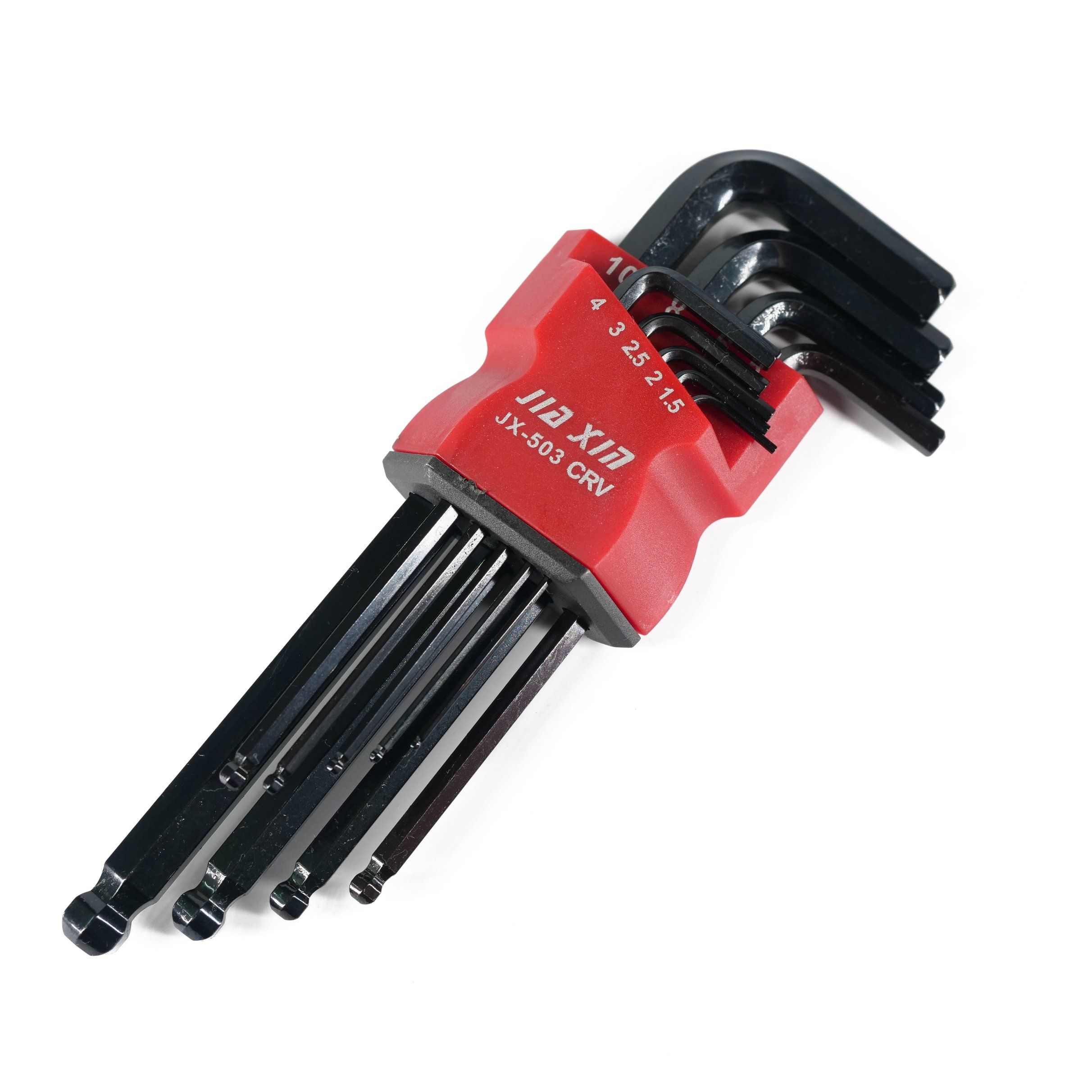
Different Types of Allen Wrenches
Hex wrenches come in various shapes and sizes. Each type serves a specific purpose. Here we discuss the most common variants you might find in a toolkit.
L-Shaped Hex Wrench
The L-shaped hex wrench is the classic design. It offers two ends to work with – a long and a short one. The longer end provides reach. The shorter gives more leverage. You can use it in tight spaces or when more torque is required.
T-Handle Hex Wrench
T-handle hex wrenches have a handle on the top in the shape of a ‘T’. This design offers a comfortable grip. It allows for a faster turn. These wrenches provide more torque than the L-shaped ones. It is ideal for tasks needing repetitive motion.
P-Handle Hex Wrench
P-handle wrenches combine the benefits of L-shaped and T-handle designs. They have a plastic or rubber handle, providing comfort and good grip. They are long enough for reach and provide good leverage.
Folding Hex Wrench Set
A folding hex wrench set includes multiple sizes in one compact unit. It’s like a pocket knife for hex wrenches. This set is portable and convenient. It’s great for cyclists and those who need tools on the go.
Ball-End Hex Wrench
Ball-end hex wrenches feature a rounded end. This design allows the tool to enter a screw at an angle. Up to 25 degrees, this is helpful in tight spots. It allows for easier access and is a favorite among many DIY enthusiasts.
Hex Bits for Drivers
Hex bits can be attached to a screwdriver or power drill. They are useful for projects that require speed. Changing bits is quick and easy, which helps when working with different sizes.
When selecting a hex wrench, consider the task at hand. Your choice may depend on accessibility, torque needs, and the tool’s comfort. Each type of hex wrench has its own advantages in various scenarios. Keep these in mind to make sure you have the right tool for the job.
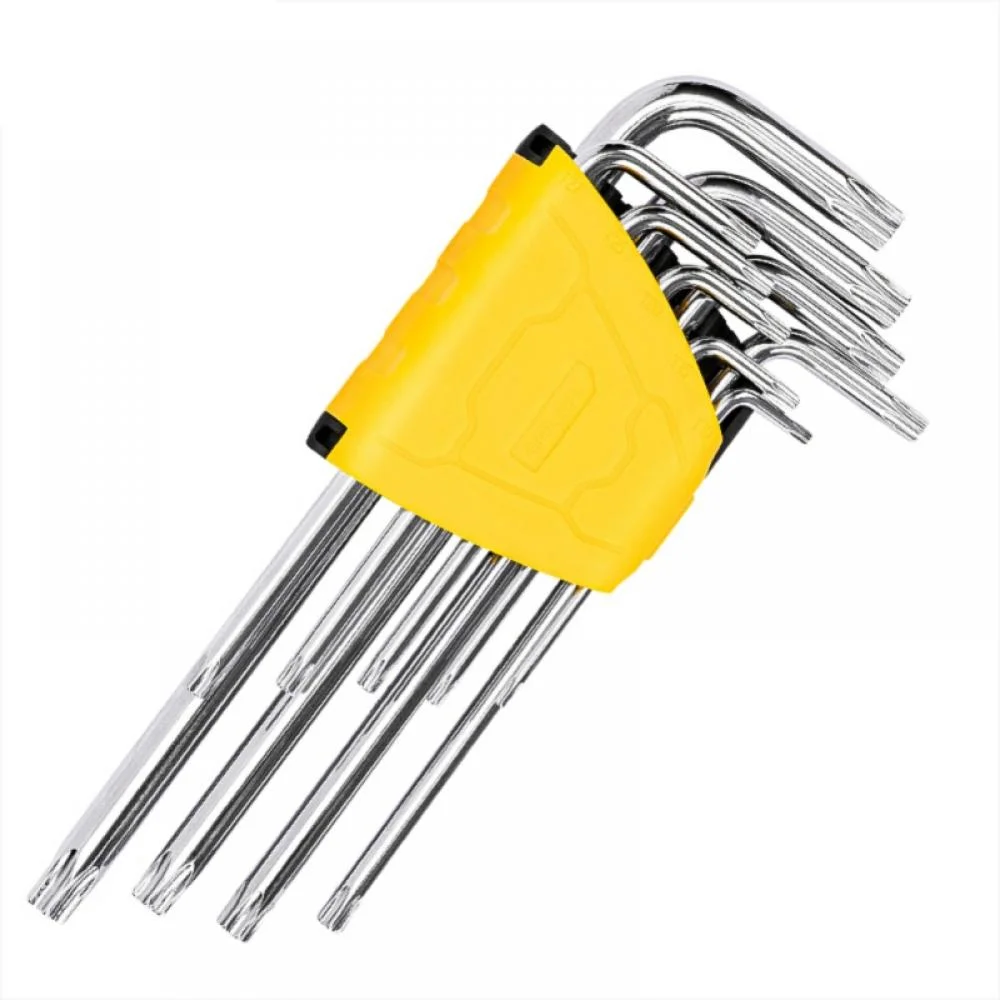 Sizes and Measurements of Allen Wrenches
Sizes and Measurements of Allen Wrenches
When dealing with hex wrenches, size does matter. Correct measurement ensures a perfect fit with the screw head. Here’s what you need to know about hex wrench sizes and measurements.
Hex wrenches come in both metric and standard (imperial) sizes. Metric sizes are in millimeters. Standard sizes are in inches. The sizes usually range from about 0.7 mm to 19 mm in metric. In standard sizes, they range from 1/16 inch to 3/4 inch. To measure a hex wrench, you look at the distance across the flat edges of the hexagon. A proper fit is crucial. If the wrench is too small, it can strip the screw head. If it’s too large, it won’t grip at all.
Most sets include a range of sizes to handle different tasks. For everyday use, a set that includes sizes from around 2 mm to 10 mm (metric) or 5/64 inch to 3/8 inch (standard) should suffice. Larger or smaller sizes may be necessary for specialized projects. A good hex wrench set comes clearly labeled. This makes finding the size you need easy and efficient.
Always match the hex wrench size to the task at hand. Using the correct size ensures that you’ll get the job properly done. It also helps to prevent damage to the tool and fasteners. Always double-check the fit before applying torque. This will save you time and prevent mistakes.
For DIY projects, having a variety of hex wrench sizes at your disposal is key. It ensures that you are ready for any task that comes your way. Remember to check your wrench sizes against the screws or bolts you plan to work on. This is an essential step in any DIY project involving hex wrenches.
How to Use a Allen Wrench Effectively
Using a hex wrench properly can make your DIY tasks easier and prevent damage to your tools and hardware. Here are some steps and tips for effective hex wrench use:
- Identify the right size: Make sure the hex wrench size matches the hex socket of the screw or bolt.
- Insert firmly: Place the end of the wrench into the socket. Ensure a snug fit to avoid slipping.
- Choose the right end: Use the long end for reach and the short end for better torque.
- Apply even pressure: Turn the wrench with a steady, even pressure to avoid stripping the head.
- Use appropriate angle: For ball-end hex wrenches, you can use an angle for hard-to-reach spots. Keep angles up to 25 degrees to maintain grip.
- Avoid over-tightening: Stop when the bolt or screw is firmly in place to prevent damage.
- Leverage with care: If you need more torque, apply force near the bend of the L-shaped wrench.
- Maintain grip: Keep a firm hold on T-handle or P-handle wrenches for a steady turn.
Using hex wrenches correctly is important for both the longevity of your tools and the quality of your work. Always take a moment to ensure that you are using the right technique for the job.
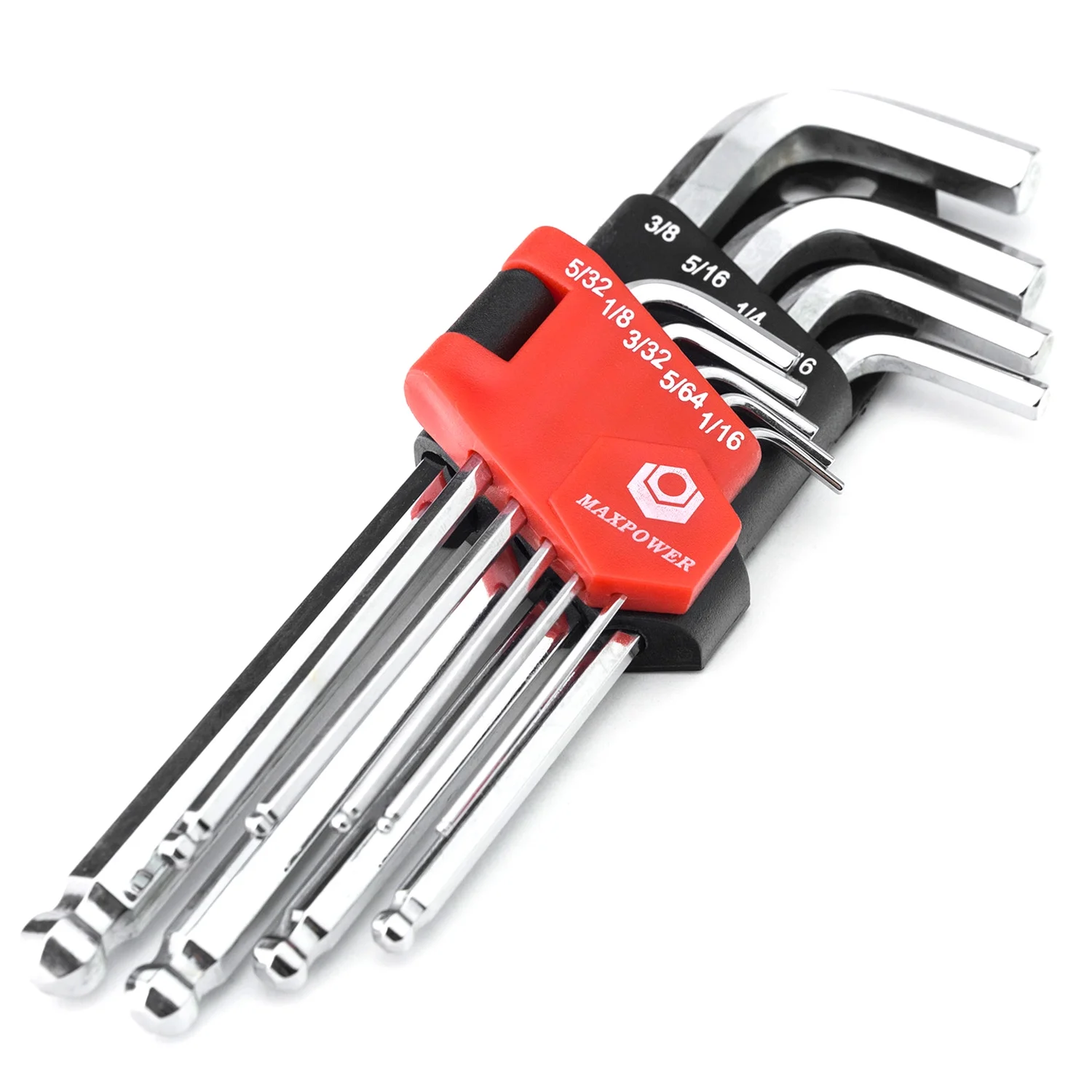 When to Use a Allen Wrench in DIY Projects
When to Use a Allen Wrench in DIY Projects
Hex wrenches are handy in many DIY situations. Here are some ideal times to use one:
Assembling Flat-Pack Furniture: Hex wrenches often come with flat-pack kits. Use the right size to tighten bolts without damaging the furniture.
Bike Repairs: Bikes frequently use hex bolts. A hex wrench set helps adjust parts like seats, handles, and pedals.
Electronic Repairs: Small hex wrenches work well for opening electronics. They help loosen screws on computers, cameras, and more.
Building Decks: Larger hex bolts secure decks and outdoor structures. Use a hex wrench for a strong grip and proper torque.
Home Improvement: Hex wrenches tighten fixtures and doorknobs. Keep one on hand for quick fixes around the house.
Remember, choose the hex wrench that fits snugly. Match the size exactly to avoid slipping or rounding off bolt heads. Always turn slowly and with controlled force. This helps ensure a tight fit and protects your project’s integrity.
Tips for Maintaining Your Allen Wrenches
Proper maintenance of your hex wrenches will extend their lifespan and keep them ready for any task. Here are some straightforward tips to care for your tools:
- Keep them dry: Store your hex wrenches in a dry place to prevent rusting. Moisture can shorten their life.
- Organize them: Use a holder or case. This helps to find the right size quickly and avoids losing them.
- Clean after use: Wipe your wrenches with a cloth to remove dirt and grime. Clean tools work better and last longer.
- Check for wear: Look for signs of wear or damage. Replace any wrench that is bent or has rounded edges.
- Avoid forceful contact: Don’t use your hex wrenches as hammers or pry bars. This can damage the tool’s edges.
- Lubricate pivot points: If your set has folding hex wrenches, apply a light lubricant to the pivot to keep the action smooth.
- Inspect for fit: Regularly check that your wrenches fit well in screw heads. A poor fit can strip fasteners.
- Avoid harsh chemicals: Harsh cleaners can damage your hex wrenches. Stick to mild soap and water if needed.
Taking care of your hex wrenches doesn’t take much time, but it ensures they remain reliable for your DIY projects. Use these tips to keep your set in top condition.
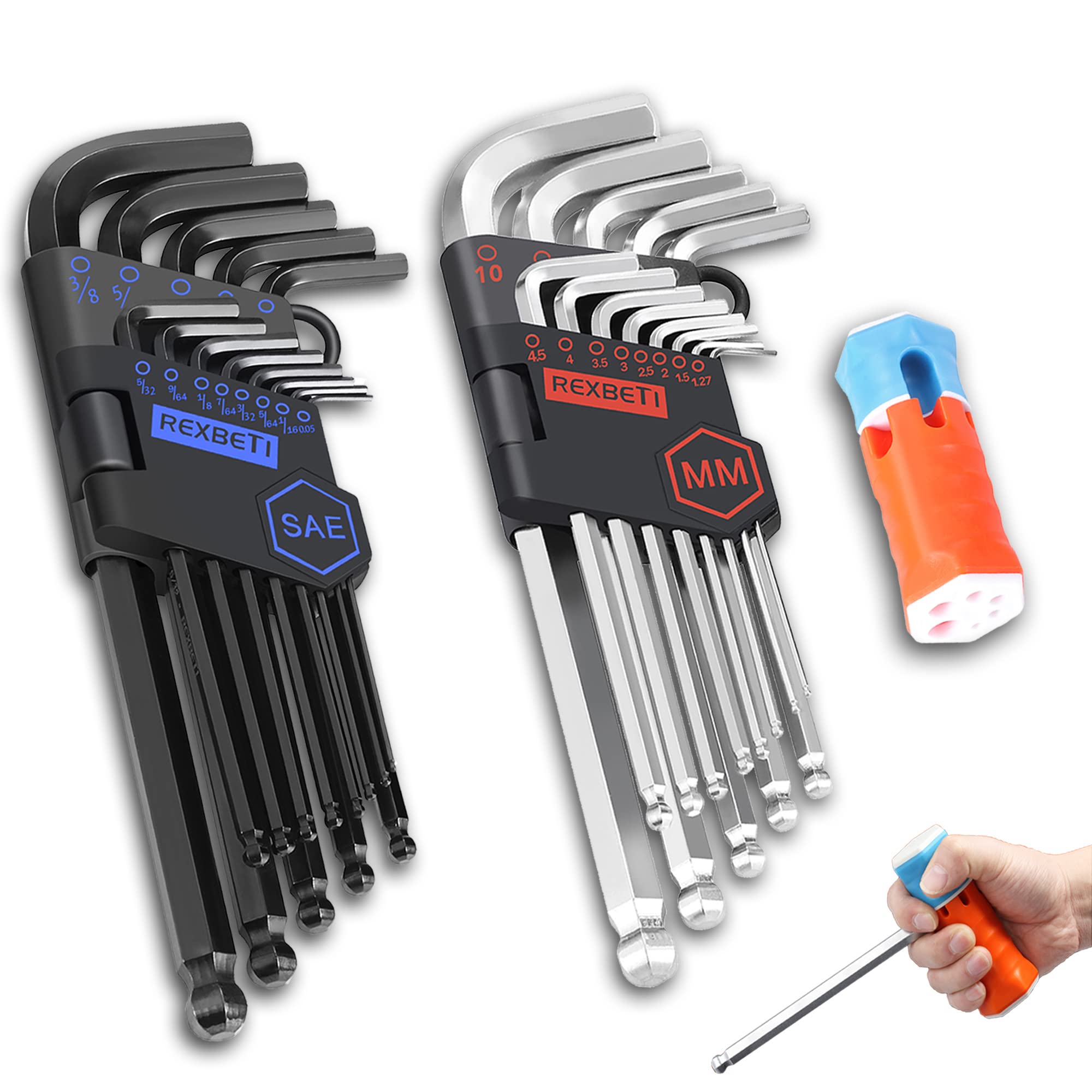 Common Mistakes to Avoid While Using Allen Wrenches
Common Mistakes to Avoid While Using Allen Wrenches
Using a hex wrench seems straightforward, but common errors can happen. These mistakes can damage your tools or your project. Here’s what to avoid to ensure proper use and longevity of your hex wrenches:
- Using the wrong size: A hex wrench that’s too large or too small will slip or strip the bolt head.
- Over-tightening: Applying too much force can damage the screw or bolt, as well as the wrench itself.
- Incorrect angle with ball-end: When using a ball-end hex wrench, don’t exceed a 25-degree angle to maintain a proper grip.
- Using as a lever or hammer: Hex wrenches are for turning, not prying or hammering. Misuse can warp or break them.
- Ignoring wear and tear: If a wrench is worn, it can damage the screw or bolt. Replace old tools timely.
- Forgetting to check fit: Always double-check the fit before applying pressure to avoid slipping.
- Neglecting maintenance: Dirty or rusty wrenches can cause poor fit and slippage. Keep them clean and dry.
By steering clear of these errors, you’ll work smarter and keep your tools in great shape longer.
Selecting the Right Allen Wrench for Your Toolkit
Choosing the right hex wrench for your toolkit can save time and hassle. When selecting, consider the following points:
- Project Requirements: Think about the types of DIY projects you usually tackle. Match the hex wrench types to your common tasks.
- Size Matters: Ensure you have a range of sizes. This will prepare you for varying bolt and screw dimensions. Standard sets from 2 mm to 10 mm or 5/64 inch to 3/8 inch are good starters.
- Quality Over Quantity: A well-made set lasts longer. It’s wiser to invest in a higher-quality set of a few keys than a low-quality extensive set.
- Comfort Counts: If you use hex wrenches often, ergonomic designs can reduce hand fatigue. Consider T-handle or P-handle options.
- Versatility: A folding set or one with a ball-end can handle different angles. This is helpful in awkward spaces.
- Compatibility: If you have power tools, hex bits might be an efficient addition. They can speed up repetitive tasks.
Remember, a perfect match between the wrench and the screw or bolt is critical. It prevents slipping and rounding off heads. Store your toolkit in a dry, organized place, so your hex wrenches stay in top condition. With these considerations, your hex wrench set will cover numerous fixes and projects with ease.
 Conclusion
Conclusion
The hex wrench is a versatile and essential tool that plays a crucial role in various applications, from everyday household tasks to professional-grade projects. By understanding the different types, applications, and key features of hex wrenches, you can make informed decisions that enhance your efficiency and precision. Investing in high-quality hex wrenches, maintaining them properly, and integrating them into your toolkit ensures that you are prepared for any task that comes your way.
Moreover, embracing sustainable practices and supporting eco-friendly brands contributes to a healthier environment while maintaining the functionality and reliability of your tools. Whether you are a seasoned professional, a DIY enthusiast, or someone who occasionally needs a hex wrench, having the right tool can make all the difference in achieving your goals with ease and confidence.
Embrace the versatility and efficiency of hex wrenches, and let them become a cornerstone of your tool collection. With the right knowledge and tools at your disposal, you can tackle any project with skill and assurance, ensuring that your hex wrench remains a valuable asset for years to come.
